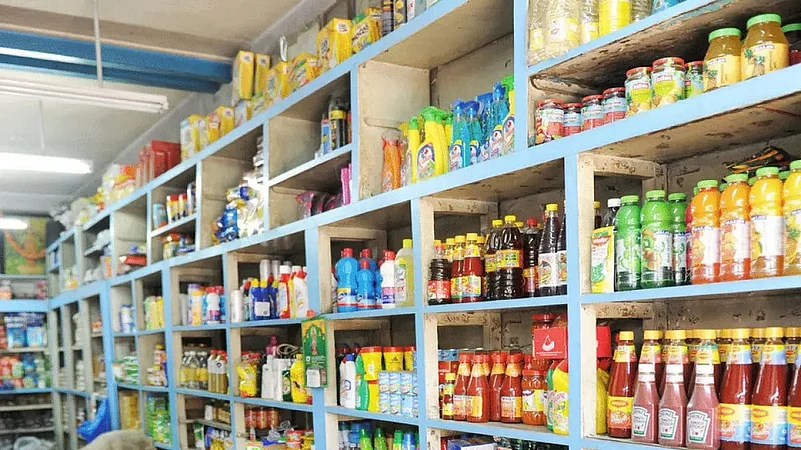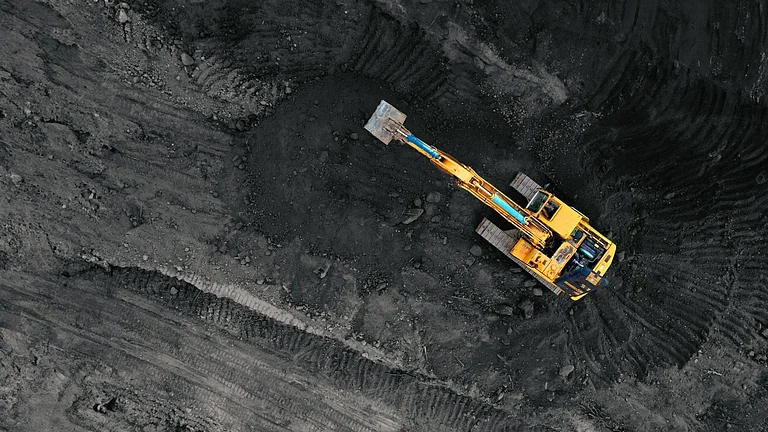Plastic Pollution has been doing rounds in the public sphere in the recent years with major discussions taking place at global forums like the Intergovernmental Negotiating Committee (INC-5) meeting in Busan, South Korea.
In these negotiations, countries are struggling to reach a consensus on limiting plastic production as part of a treaty aimed at tackling plastic pollution. The INC-5 members have agreed to reconvene in 2025 to discuss issues like production caps, funding for recycling programs and lists of chemicals to phase out.
Despite these efforts, the plastic waste crisis continues to grow. Till date, over seven billion tonnes of plastic waste has been generated globally, and less than 10 percent has been recycled. The remaining plastic waste often ends up in landfills or worse, in rivers and oceans, where it can exist for centuries. An estimated USD 80-120 billion is lost each year due to plastic packaging waste during sorting and processing, according to the United Nations Environment Programme.
While plastic is a major environmental concern, the question arises: is glass really a better alternative?
Read More: Plastic Water Bottles, Poison In Disguise
Who’s the Bigger Environmental Villain?
Each year, around 400 million tonnes of plastic waste are produced, much of it from bottles. In the US, 2.5 million plastic bottles are discarded every hour and these bottles take over 450 years to degrade. Glass, on the other hand, is fully recyclable and can be reused endlessly without losing quality. However, in the US, around 110 million glass bottles are thrown away daily, and only one-third of them get recycled.
While glass may be recyclable, its heavier weight comes with significant environmental costs. The production and transportation of glass bottles require more energy, making its carbon footprint higher than plastics, despite the fact that plastic bottles take longer to degrade.
A study by Echochain shows that overall, PET plastic bottles have a lower environmental impact than glass bottles. While plastic has a higher environmental cost per kilogram, it is much lighter than glass, which means less material is required to package the same amount of product. This results in lower production and transportation costs for plastic.
Although plastic’s production can be energy-intensive, its lighter weight leads to lower carbon emissions, compared to glass. It also uses fewer resources than glass, which requires significantly more raw materials to produce.
While glass is recyclable, its heavier weight creates challenges. Glass bottles cost more to produce and transport because they require more fuel to move. This makes glass packaging much more harmful in terms of global warming potential. Studies indicate that the carbon footprint of glass is substantially higher than that of plastic when considering transportation and material use.
The higher environmental costs involved in the production and transport of glass bottles, however, outweigh the benefits of recycling. A recycled PET bottle has nearly 90 percent lower environmental impacts than a glass bottle across all stages, including production, transportation and waste management. Each step of transporting glass bottles requires more fuel, increasing shipping costs and climate impact, according to the above mentioned study.
When comparing glass vs plastic, both materials have their environmental drawbacks. Glass is more easily recyclable, but its heavier weight means higher energy use during production and transportation, making it more harmful to the environment overall. Plastic (PET) bottles, on the other hand, use less material and can be moved easily and at a relatively lower cost. These factors make recycling plastic more viable than recycling glass.
Ultimately, reducing material waste and improving recycling systems for both materials is key to minimising their environmental impact.
Countries, when creating recycling policies, should consider the overall environmental impact of products throughout their entire lifecycle. This approach will help ensure that we make the most sustainable choices for the environment, looking beyond just recycling rates.































